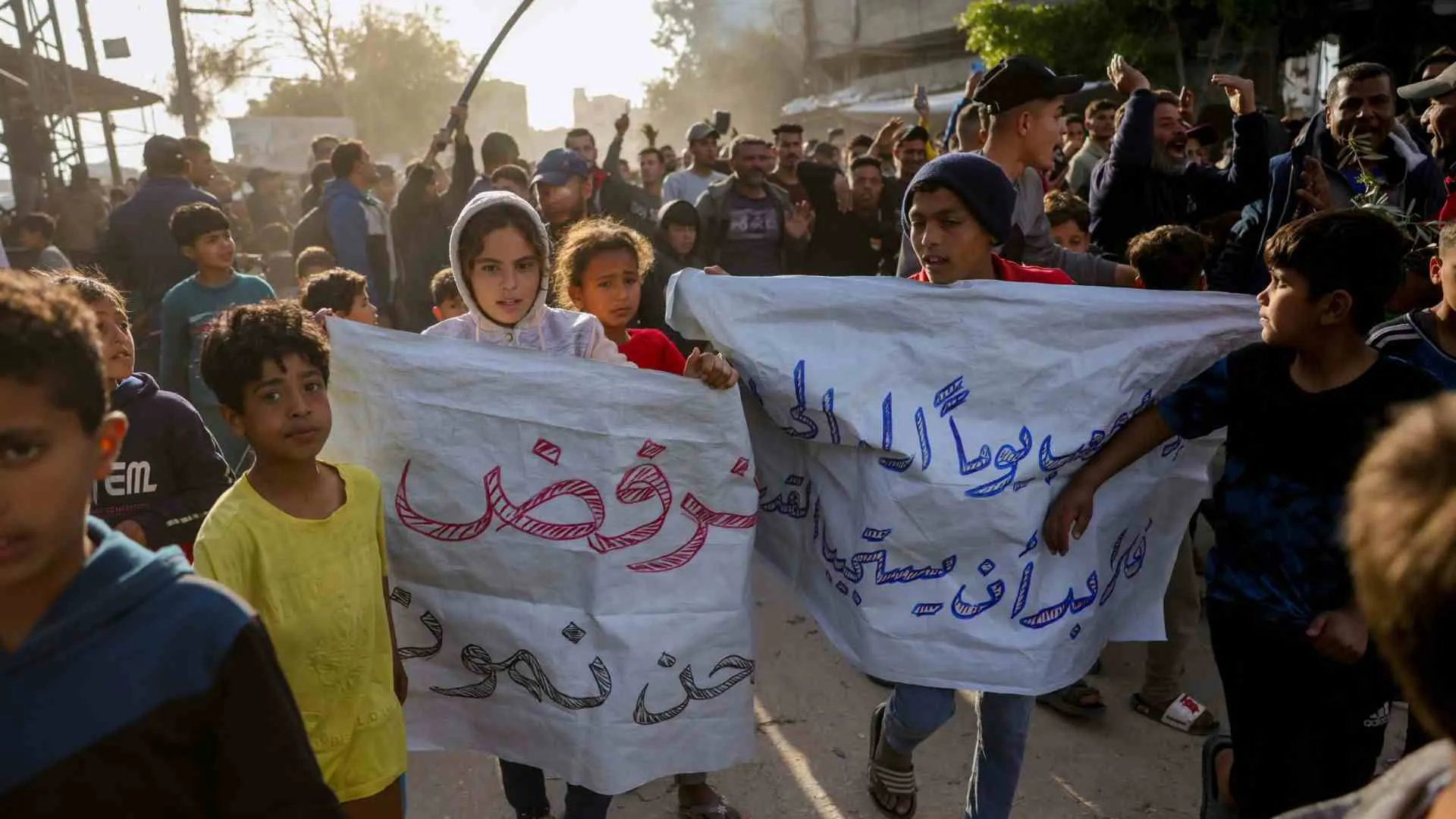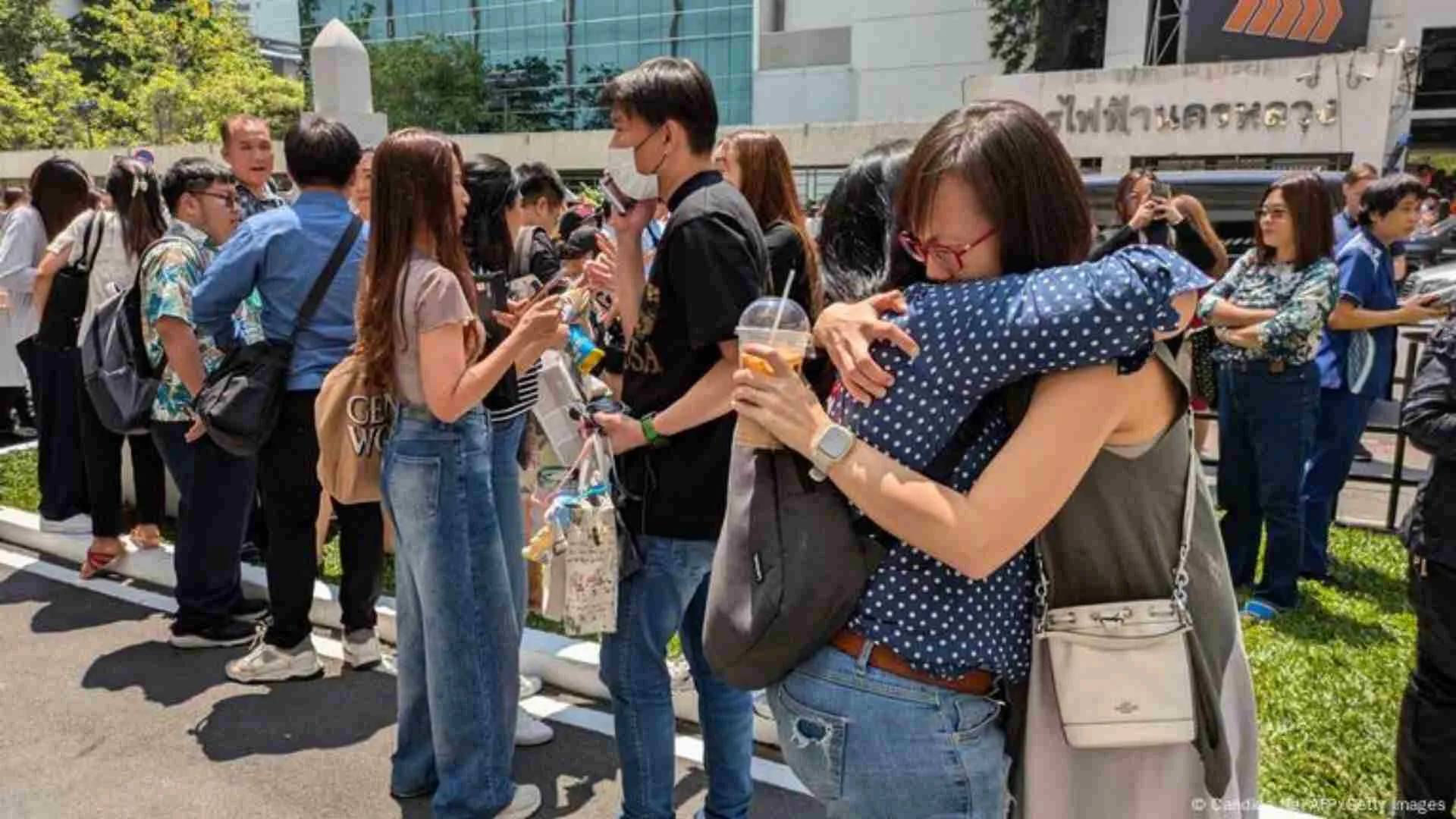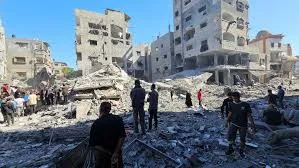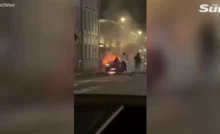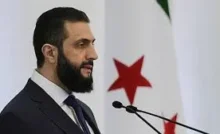Thousands of Palestinians in Gaza marched through the streets, calling for an end to the current war with Israel and expressing opposition to Hamas. The protests, deemed the biggest against Hamas since the October 7, 2023, Israel attacks, involved protesters shouting slogans such as ‘Hamas out’ and ‘We want peace’ in Beit Lahia, demanding the cessation of the violence and resumption of normal life.
The protests started on March 25, with social media footage of protesters waving signs saying ‘Stop war’ and ‘Children in Palestine want to live’.
The protests were near the Indonesian hospital in north Gaza, where individuals publicly complained about Hamas’s leadership. Protesters averred that if peace was attainable by Hamas resigning, then the organization must relinquish power.
Demands for additional protests were making the rounds on Telegram, calling on Gazans to ‘make their voices heard’ and oppose those who have ‘sold their blood’. On March 26, nine Gaza locations witnessed anti-Hamas protests, indicating increasing frustration among the people. Demonstrations picked up pace after Islamic Jihad fired rockets at Israel, leading to wholesale evacuations from Beit Lahia and further enhancing local anger.
At the same time, Assembly of Southern Gaza Clans issued a call for an uprising, attacking Hamas for using Palestinian lives for its agenda. The organization issued a statement saying, “Enough is enough, a popular uprising against injustice. No more playing with our lives, our children’s future, or disregarding our suffering.” Demonstrators in Beit Lahia and Jabalia refugee camp set tires on fire and chanted, “We want to eat,” as tensions grew over deteriorating conditions.
During the protests, Hamas security personnel dressed in civilian clothes were said to have tried to disperse the demonstrations. Some of the protesters openly chastised Hamas’s leadership and asked why the organization would not resign if it ensured peace. “If the departure of Hamas from power in Gaza is the solution, then why does Hamas relinquish power to save the people?” one of the protesters asked.
Another resident, Mohammed Diab, also expressed his frustration and said, “We refuse to die for anyone, for any party’s agenda or the interests of foreign states.”
The protests also reached out to criticism of media in support of Hamas, with protesters chanting against Al Jazeera, demanding its removal from Gaza. The network has been banned in Israel for reportedly supporting Hamas. Protesters chanted, ‘Al Jazeera get out’, annoyed with its reporting.
Anti-Hamas protests are uncommon in Gaza, which has been ruled by Hamas since 2007 after it deposed the Palestinian Authority. Even as growing public discontent has become more apparent, large-scale anti-Hamas protests have been uncommon because of the threat of reprisal. In recent months, however, more Gazans have been publicly expressing their discontent with Hamas, both online and in the streets.
Although Hamas has not officially reacted to the protests, pro-Hamas media in Gaza have portrayed the demonstrations as ‘protests against the war’ without any mentions of calls for the removal of the group. Some Gazans think that the protests might engulf other regions as people still struggle with the costs of prolonged fighting.
Earlier anti-Hamas protests were held in January 2024, when Palestinians in Khan Younis and Deir al-Balah called for the end of the war, an end to Hamas’s rule, and for the release of Israeli hostages. But Hamas has ever responded to dissent with repression, crushing demonstrations before they could take off.
In spite of Hamas’s firm hold on power, resistance to its authority seems to be increasing, as most Gazans yearn for a future without war, violence, and tyranny.


